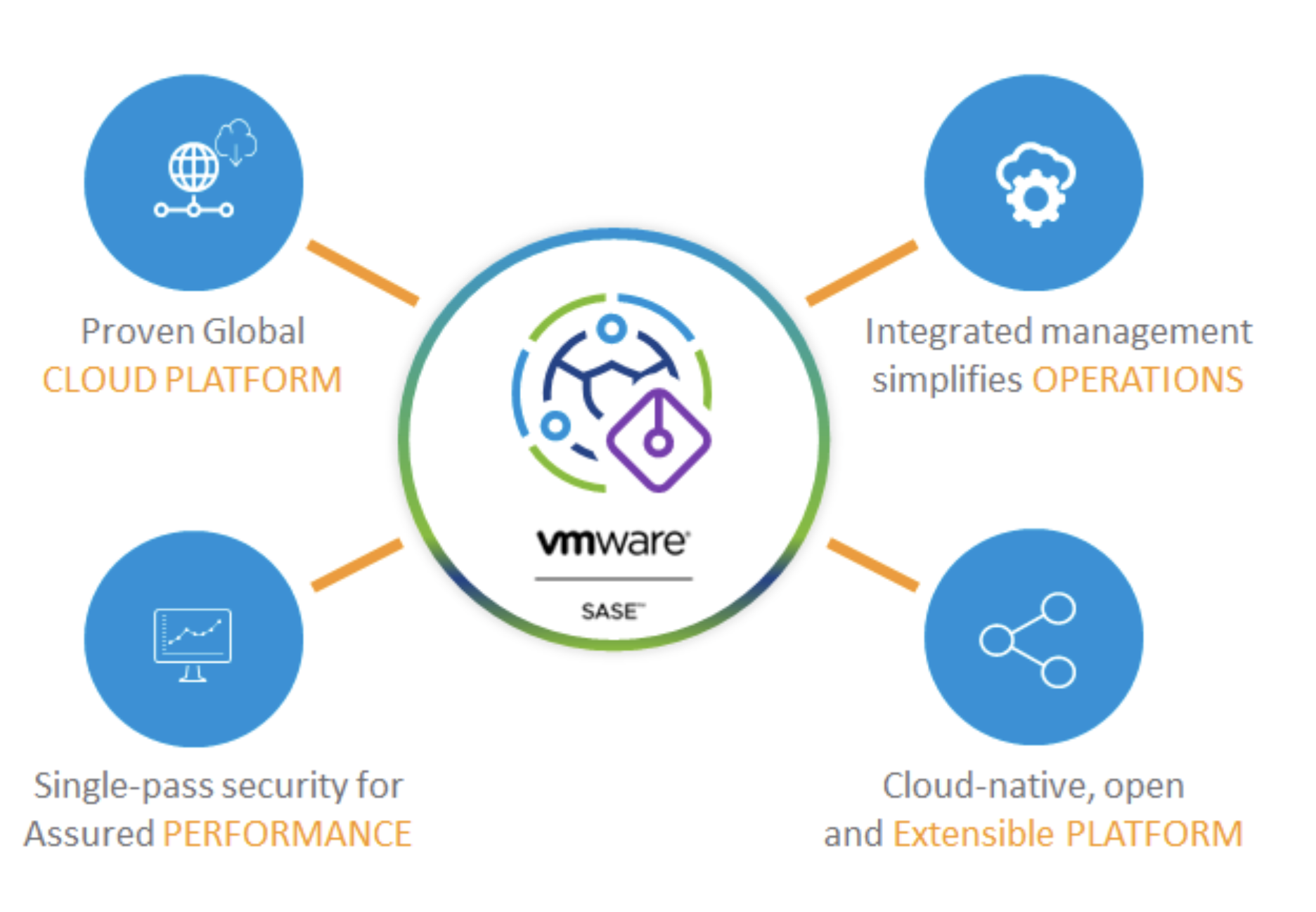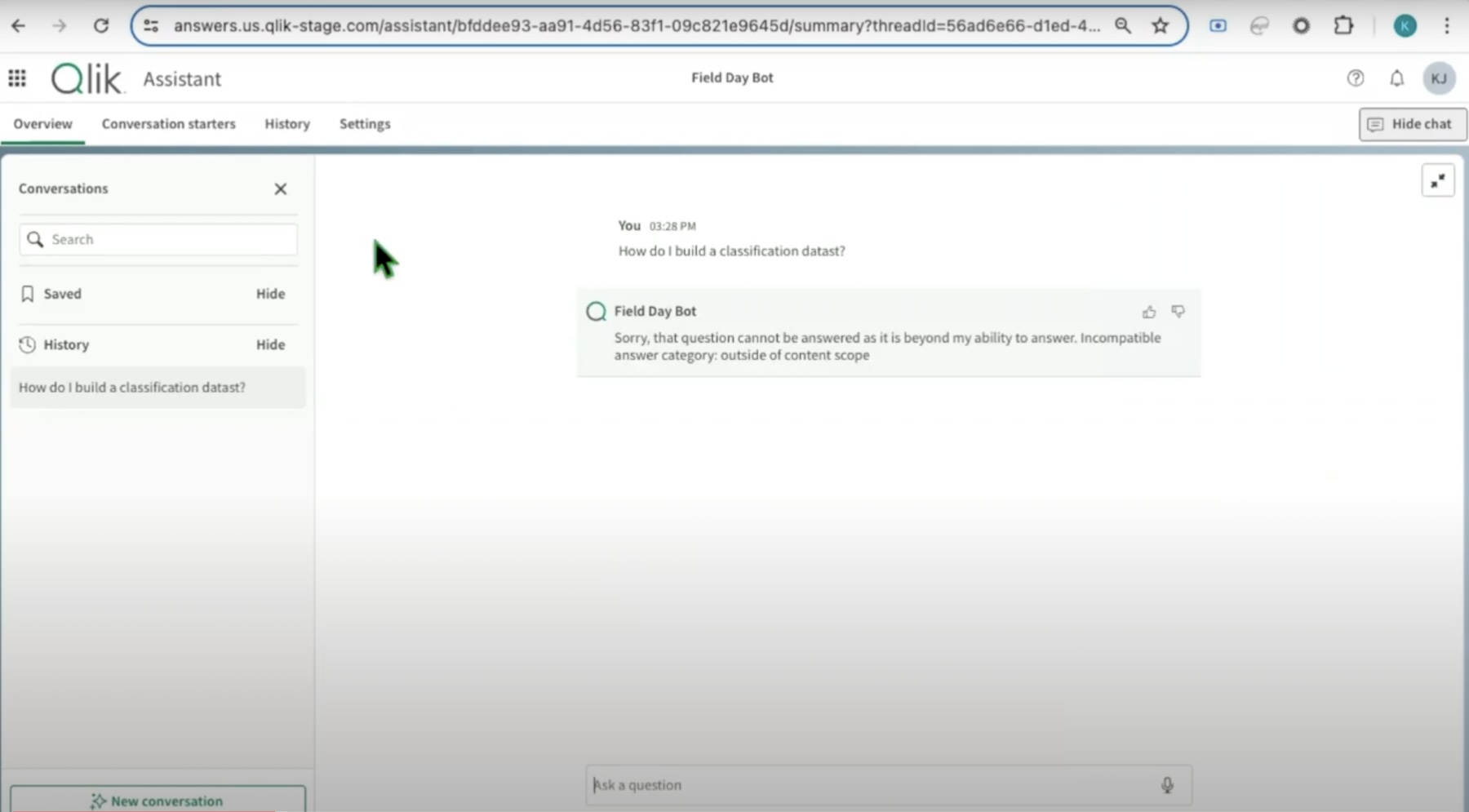In contrast to their previously expected bare metal client hypervisor, is VMware now focused on enhancing the VMware View Client Local Mode? I’m basing this assumption on the blog post VMware View: Real BYOC and View Client which was published apparently in response to Citrix’s announcement of the XenClient availability earlier this week at the Synergy 2010 conference.
As I understand Local Mode, VMware View will be able to coordinate the offload of intensive desktops operations such as graphics to the hardware of a user’s notebook, thin client, or PC. Since the VMware View Client is installed as an application on the operating system of the end user’s system, this seems to be a better technical fit with VMware’s expertise in type 2 hypervisor products, or hosted virtualization, such as VMware Workstation, Server, Player, and Fusion. This focus in development also seems more aligned with the Teradici partnership enabling the software based PCoIP protocol.
Combined with the promise of offline synchronization, where changes to the local copy of the VM will be replicated to the master copy in the data center, VMware View Local Mode would definitely make VMware View instantly compatible with the widest selection of hardware possible. This in turn creates the least path of resistance for the VMware VDI solution to provide remote and mobile access to a corporate virtual machine even when users are abroad.
Developing a bare metal client hypervisor has obviously been a bigger than expected challenge for both Citrix and VMware judging by the delays in release experienced by both companies so far. As more and more corporations consider the concept of BYOC (allowing employees to bring your own computer), VMware now seems to be backing out of the hardware platform support arena and falling back to what they do best. Although I believe a smart decision has been made here, there will no doubt be some public “crow to eat” in Palo Alto.
Be sure to read the entire VMware View Blog post linked above, but the rest of this post is the VMware Desktop Team’s own words about View Client Local Mode:
Enter View Client with Local Mode.
Unlike what others are pushing with much hyped “Type-1″ client hypervisors, View Client with Local mode installs cleanly and non-destructively on an existing Windows Laptop or PC. You don’t need to start with brand-new hardware from an OEM. You don’t need to wipe out or destructively modify an existing OS installation and void your service/support contracts. It’s “just software” that solves real problems.
Once View Client with Local Mode is in place, you’ll be able to do things like…
As an end user:
- Checkout a desktop from the datacenter to run on the client device regardless of network connectivity.
- Enjoy a full fidelity desktop experience with 3D DirectX9c support, Aeroglass effects on Win7, support for devices like web-cams and VOIP.
- Immediately get access to a replica desktop if the client device (e.g. laptop) fails or is lost.
- Get a real choice of client devices.
As an administrator:
- Manage and monitor Local Mode desktops centrally from the same View administrative console and VM images as the rest of a VMware View deployment.
- Maintain control over end user desktops — revoking privileges and pulling data back to the datacenter on demand.
- Know corporate data is secure from outside attack with AES 128 or 256-bit encryption.
- Reduce overall CAPEX costs, both on newly purchased client devices, and lower upfront datacenter investment.
- Leverage an existing hardware fleet to deploy Local Mode desktops.
- Cleanly separate the Windows update/refresh cycle from hardware update/refresh cycles.
To visualize all this, below you see a managed Windows XP desktop running Google Earth with 3D buildings enabled (using DirectX) on top of an unmanaged Windows 7 laptop:





[…] VMware Answers XenClient Release With View Client Local Mode (gestaltit.com) […]